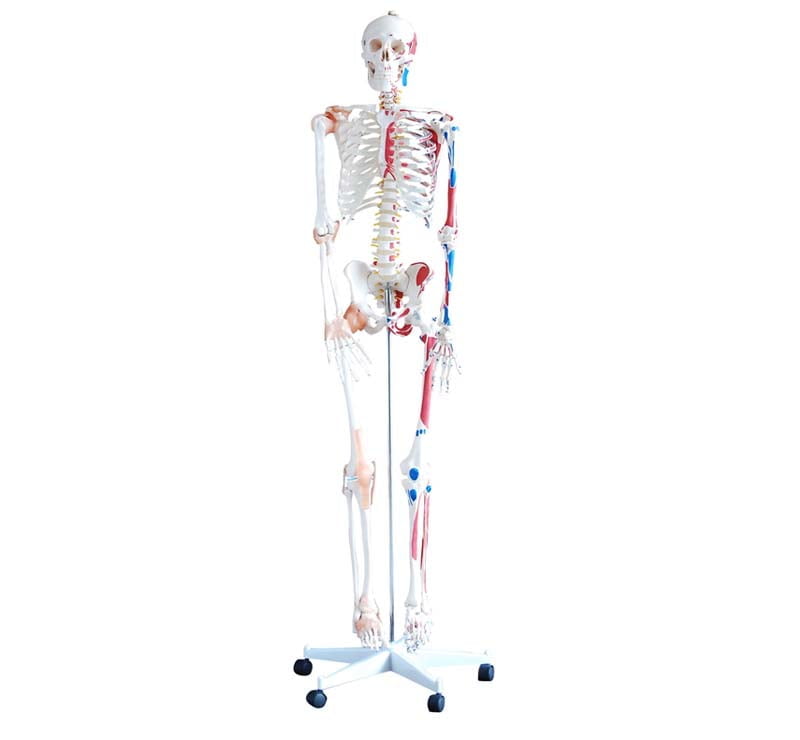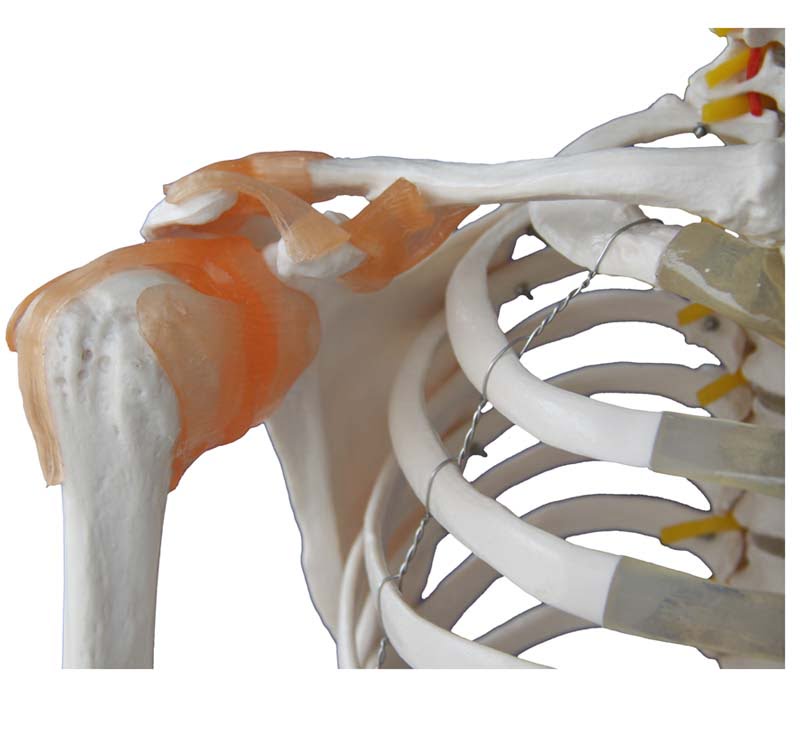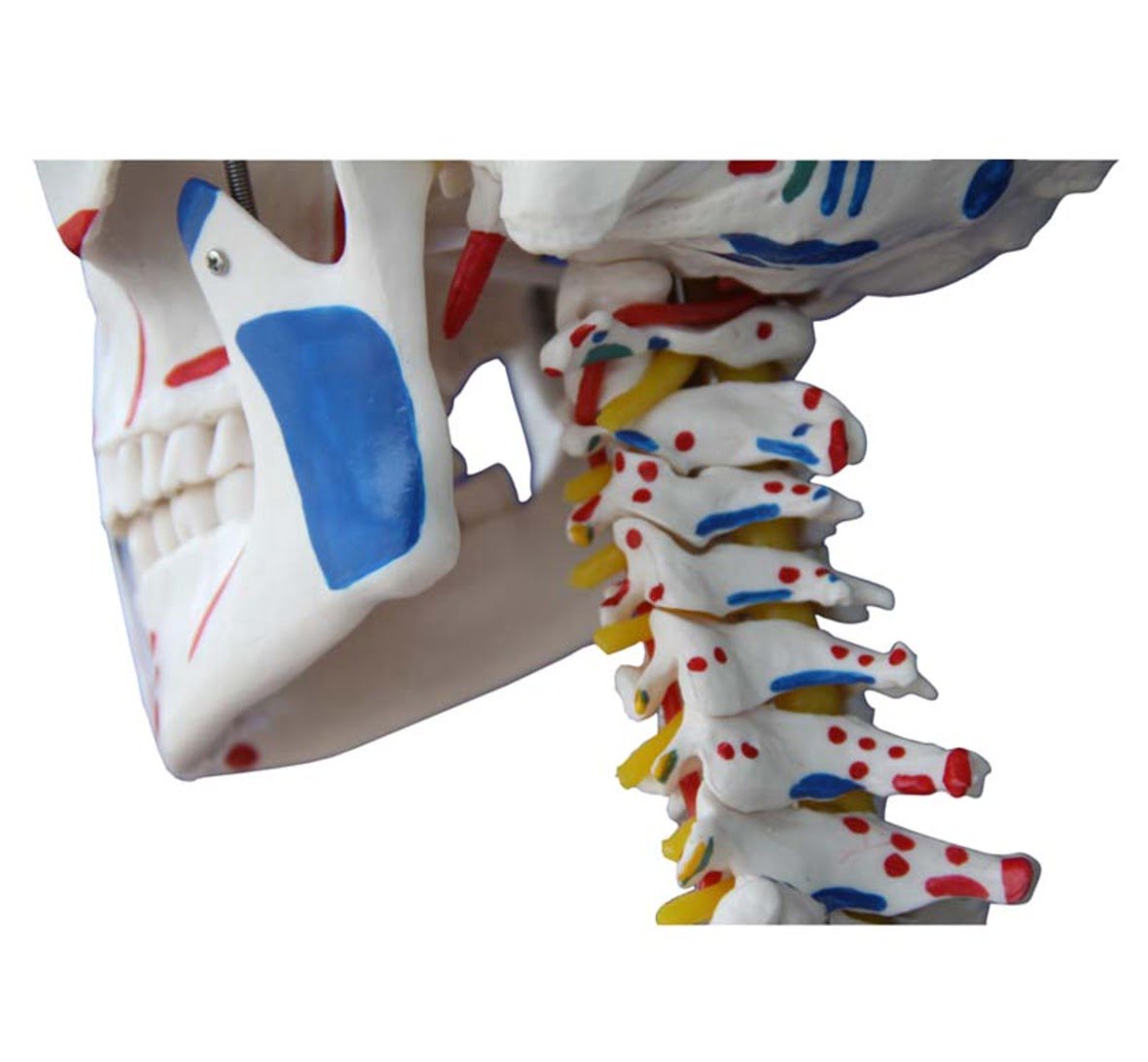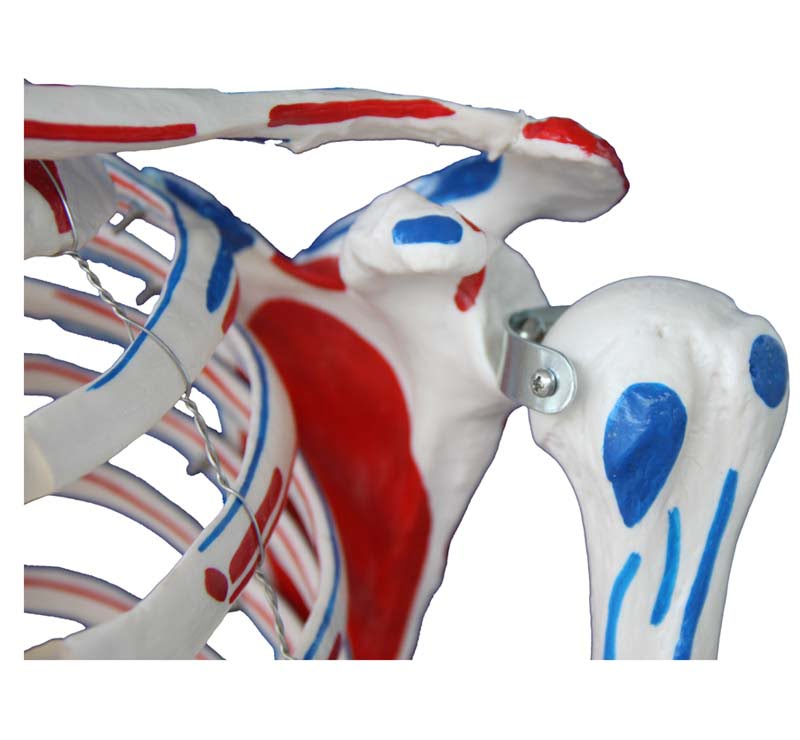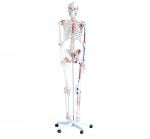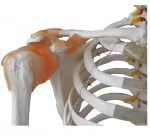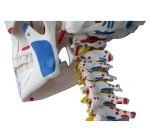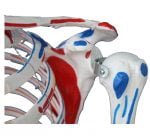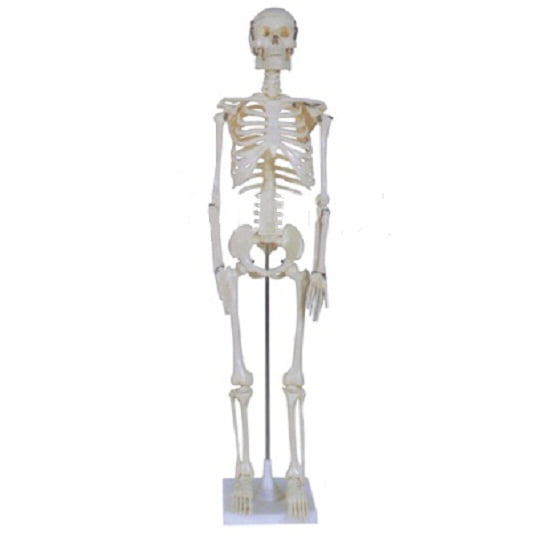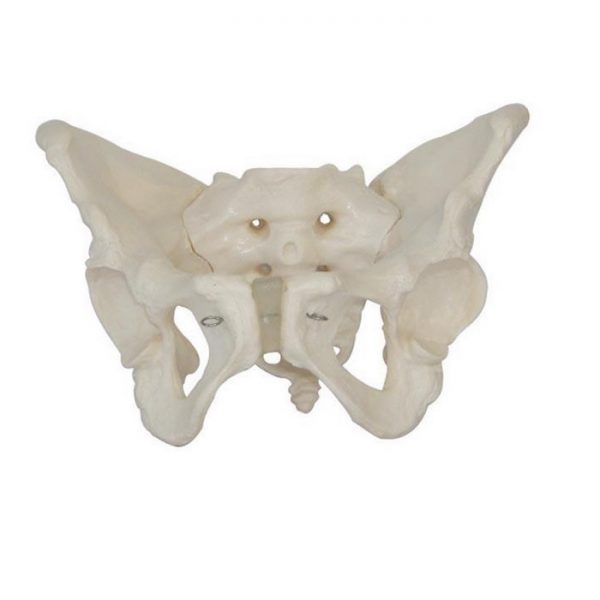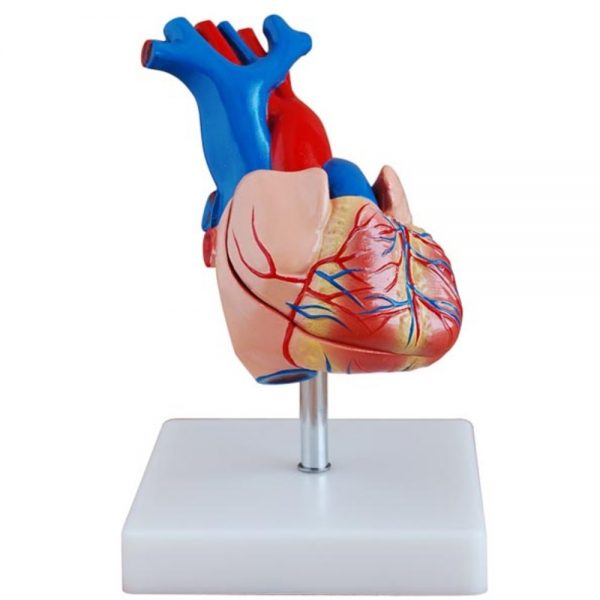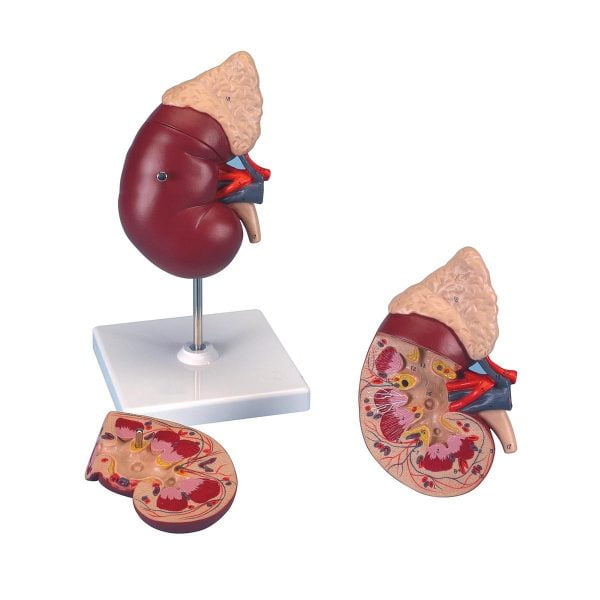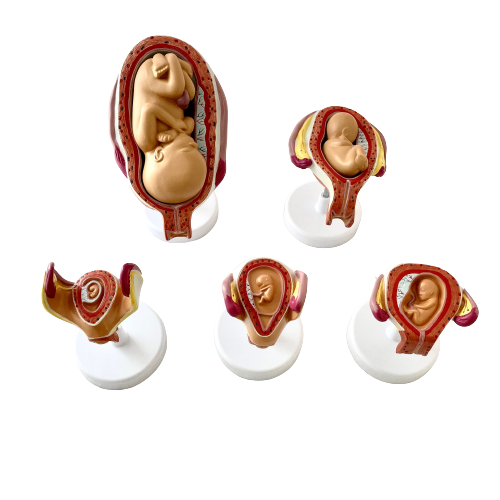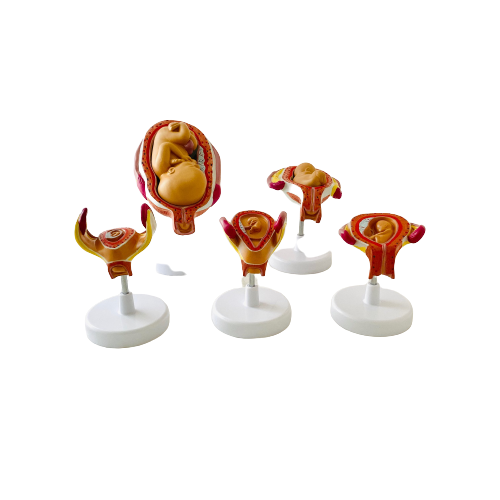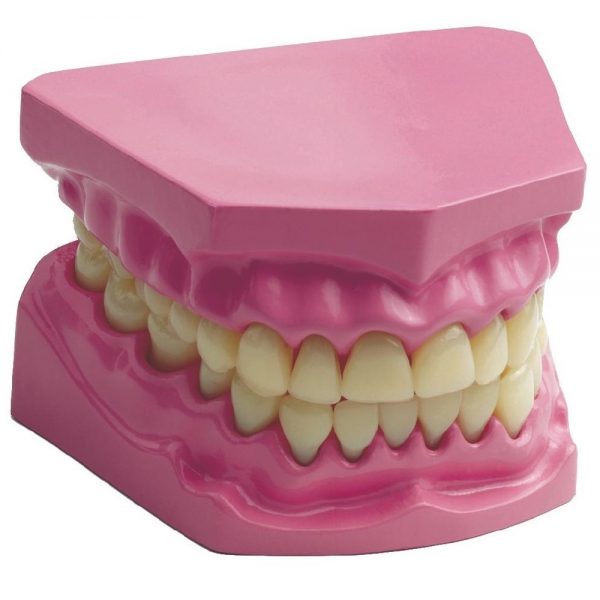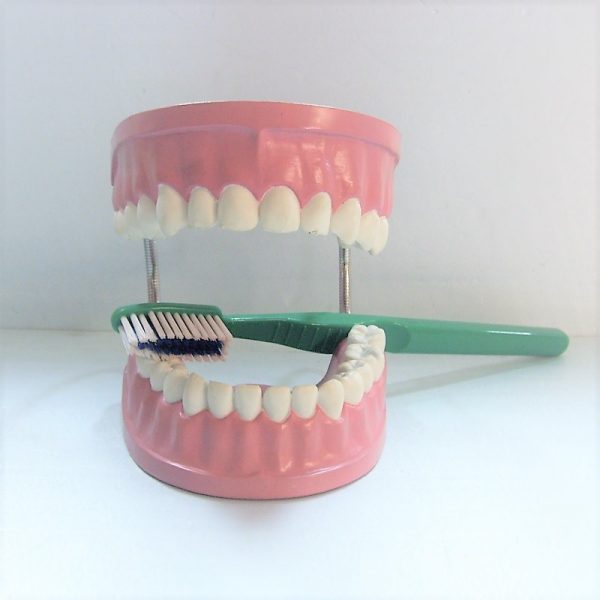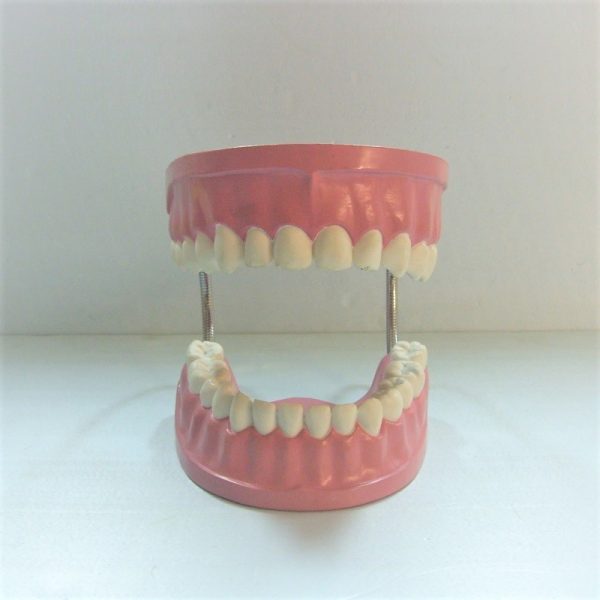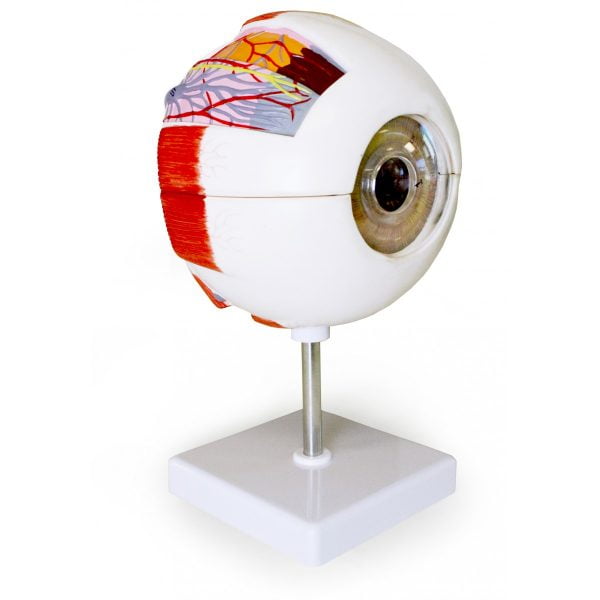Skeleton with Muscles and Ligaments
Skeleton with Muscles and Ligaments
Τhis model is painted to show the muscles and ligaments. The left side of the skeleton shows the points of origin (red) and the points of insertion (blue) of the muscles.
SPECIFICATIONS
Size: 180cm (Life Size)
Material: PVC
Weight: 14Kg
Base is included.
Skeletal muscle
Skeleton with Muscles and Ligaments
Skeletal muscles, like other striated muscles, are composed of myocytes, or muscle fibers, which are in turn composed of myofibrils, which are composed of sarcomeres, the basic building block of striated muscle tissue. Within the sarcomere, actin and myosin fibers overlap in a contractile motion towards each other. Myosin filaments have club-shaped heads that project toward the actin filaments.
Larger structures along the myosin filament called myosin heads are used to provide attachment points on binding sites for the actin filaments.
Function
This process consumes large amounts of adenosine triphosphate (ATP), the energy source of the cell. ATP binds to the cross bridges between myosin heads and actin filaments. The release of energy powers the swiveling of the myosin head. When ATP is used, it becomes adenosine diphosphate (ADP), and since muscles store little ATP, they must continuously replace the discharged ADP with ATP. Muscle tissue also contains a stored supply of a fast acting recharge chemical, creatine phosphate, which when necessary can assist with the rapid regeneration of ADP into ATP.
There are approximately 639 skeletal muscles in the human body.
Human Joints
Skeleton with Muscles and Ligaments
The human body has three main types of joints. They’re categorized by the movement they allow:
- Synarthroses (immovable). These are fixed or fibrous joints. They’re defined as two or more bones in close contact that have no movement. The bones of the skull are an example. The immovable joints between the plates of the skull are known as sutures.
- Amphiarthroses (slightly movable). Also known as cartilaginous joints, these joints are defined as two or more bones held so tightly together that only limited movement can take place. The vertebrae of the spine are good examples.
- Diarthroses (freely movable). Also known as synovial joints, these joints have synovial fluid enabling all parts of the joint to smoothly move against each other. These are the most prevalent joints in your body. Examples include joints like the knee and shoulder.


 Botzees
Botzees Keyestudio
Keyestudio Fischertechnik
Fischertechnik